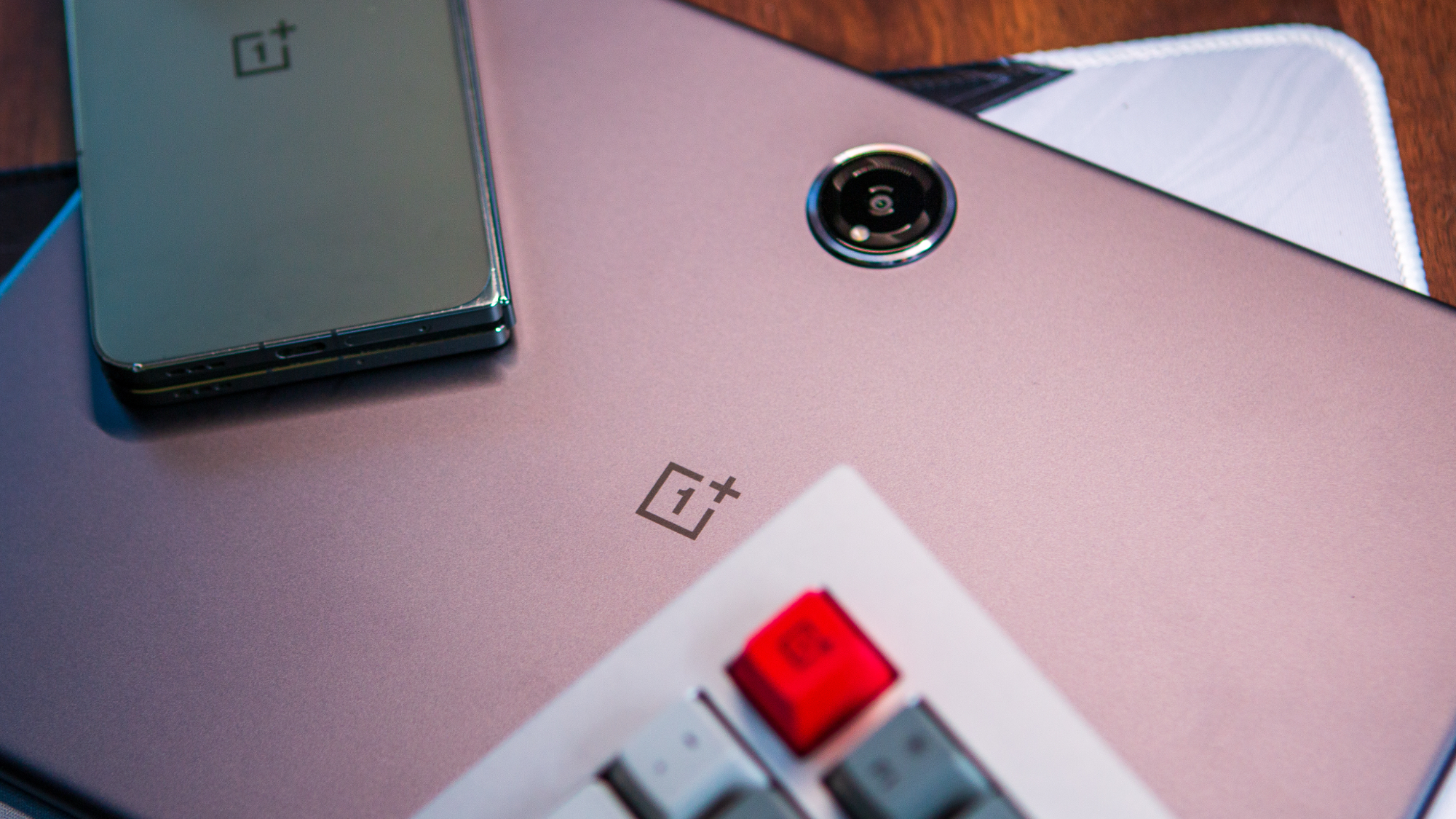We need an iPad Mini running Android
Big tablets are great until they aren't.
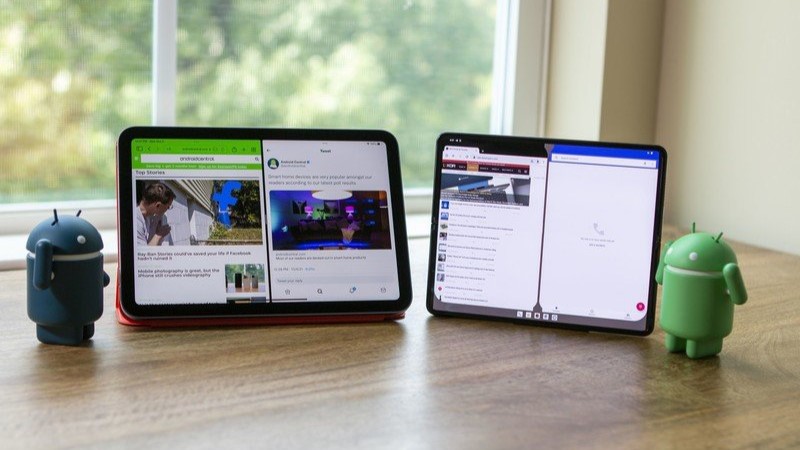
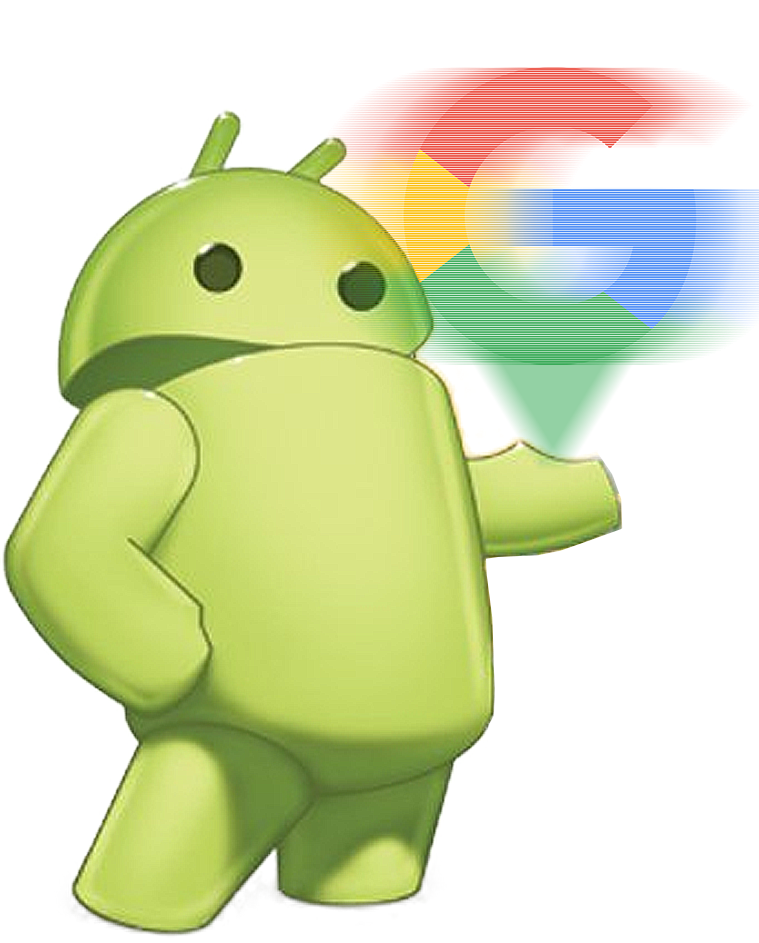
Beyond the Alphabet is a weekly column that focuses on the tech world both inside and out of the confines of Mountain View.
Over the past 10-15 years, we've been seeing the slow decline of smaller devices in favor of ones with larger screens. "Bigger is better" is the motto that many companies now live by, and the same sentiment rings true with tablets. There are a few exceptions, such as Apple's iPad Mini, but in most cases, if you want the best tablet experience, especially on Android, it's big screen or bust.
One could surmise that the desire to use tablets as laptop replacements has led to larger and more obnoxious screen sizes. Unfortunately, there are still compromises to be found even with the best tablets. I mean, it's absurd to me that Samsung doesn't offer the Galaxy Tab S9 Ultra with cellular connectivity. That's reserved for the Tab S9 Plus, which is fine, but the Ultra is easily more of a laptop replacement than the Plus.
For the most part, if a tablet is released and is smaller than ten inches, it probably features middling or laughable specs. This wasn't always the case, as the Nexus 7 from 2013 and the Galaxy Tab S3 from 2017 were both flagship tablets with sub-10-inch screens.
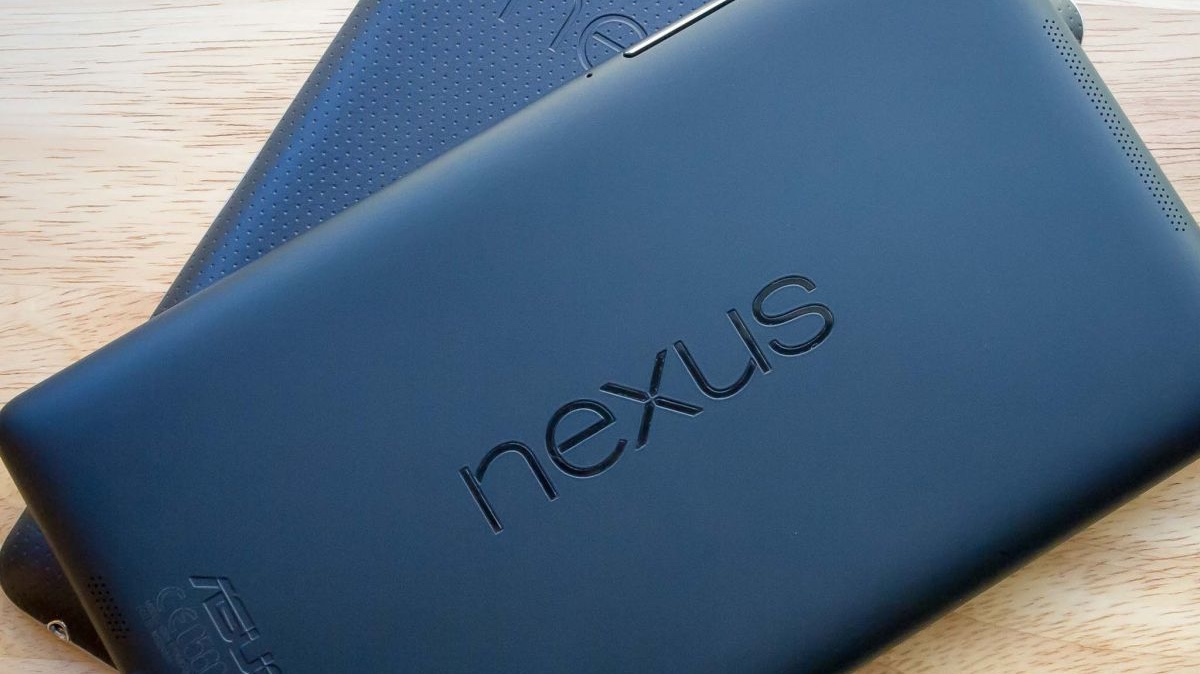
Nowadays, a tablet larger than 10 inches usually means that it's a flagship tablet with more power and better screens. There are obvious exceptions to this rule, such as Samsung's Galaxy Tab S9 FE and FE Plus, which are both above my made-up size threshold while using Exynos chips.
I've often wondered why this is the case, especially as flagship processors continue to get more efficient while still providing plenty of power. Take the Lenovo Y700, for example. It was released in China last year and offers an 8.8-inch display and a 2560 x 1600 resolution. Powering the Y700 is the Snapdragon 8 Plus Gen 1, paired with either 12GB or 16GB of RAM.
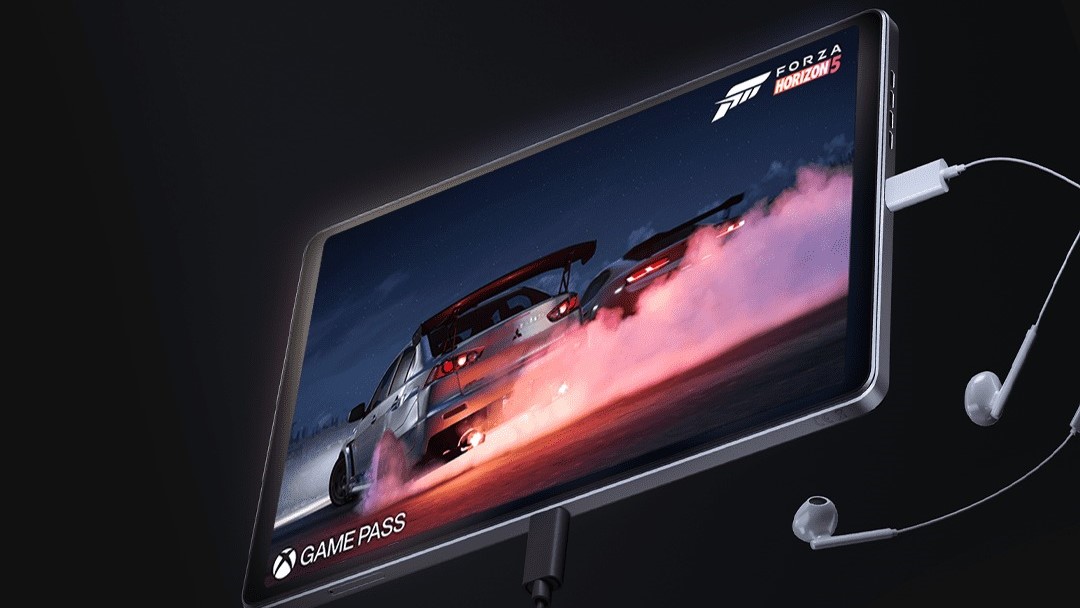
Lenovo recently announced a refreshed model (Legion Tab) that keeps the same internals but swaps out the glossy display for a "micro-nano etched" glass. From everything that I've seen, it seems pretty similar to the etched glass found on the higher-end Steam Deck configurations. For what it's worth, this aims to minimize the glare without compromising the quality of the display.
Yes, I'm also aware that the Snapdragon 8 Plus Gen 1 is an outdated chip, as the Snapdragon 8 Gen 3 now powers many of the best Android phones. But, I would argue that there's still space in the market for tablets that bridge the gap between budget and flagship.
Be an expert in 5 minutes
Get the latest news from Android Central, your trusted companion in the world of Android
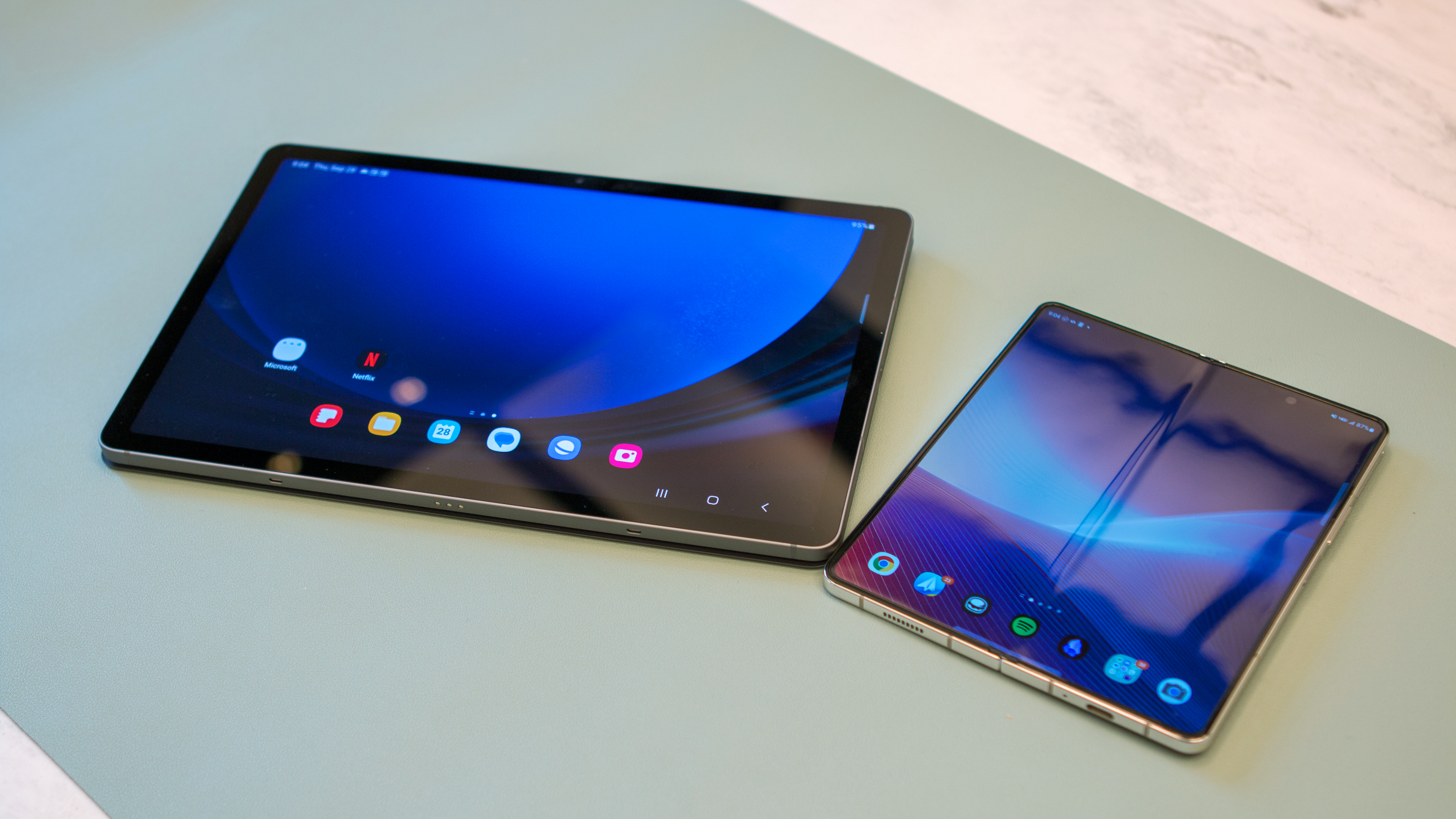
For reference, the Legion Tab is priced at €599, which translates to almost $640. Without accounting for any deals or trade-in promotions, the Tab S9 FE Plus retails for $600 but isn't exactly the ideal couch-surfing tablet. For an extra $40, I'd rather go with the Legion Tab, even if it lacks the extra software polish and features found in One UI.
You might be wondering why I'm complaining about this as a faithful believer in foldable phones. But, the recent launch of the Razer Kishi Ultra and its marketed compatibility with the 8.3-inch iPad Mini made me realize that there isn't really an equivalent on the Android side.
I also understand that the iPad Mini isn't technically a flagship tablet and hasn't been updated in more than two years. However, it still sets the bar for tablets in this form factor, even offering 5G connectivity to complement the reliability of iPadOS, and I think we need a similar device in the Android space.
I don't understand why Samsung keeps releasing the Tab S6 Lite with minor spec bumps.
One thing that I am surprised about is that Samsung hasn't tried to do this. The company seems content with refreshing its flagship lineup every year or two, then sprinkling in a few random mid-range and budget devices in between. And for whatever reason, the Galaxy Tab S6 Lite keeps getting a spec bump every couple of years.
I've come to realize that while foldable phones are incredible, there are situations where a dedicated device just works better. This is partially why Samsung DeX hasn't replaced all of my computing needs, despite being quite convenient when the situation arises. Another example is when I reach for a dedicated gaming handheld as opposed to just firing up Steam Link or Moonlight on the OnePlus Open and streaming games from my PC.
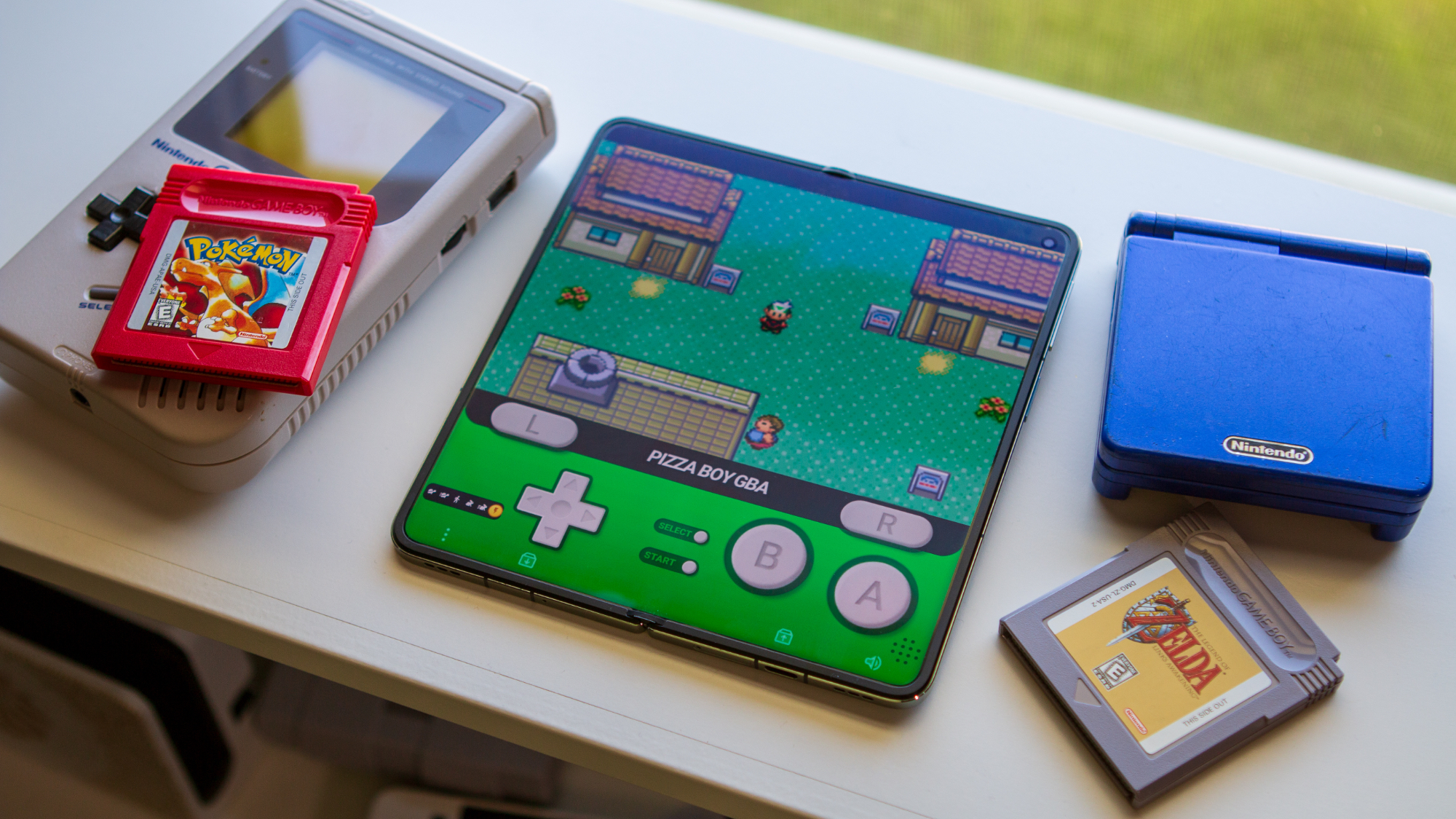
A small-ish tablet that can get close to, if not match, the performance of my phone is something that I hope more companies explore. I mean, let's be honest here. The tablet market is already fragmented like crazy, so what's wrong with throwing in another wrench?
Unfortunately, I don't think Samsung or any other company will actually end up venturing down this path. Lenovo's Y700 was only available in China, and the Legion Tab is expected to launch only in Europe, the Middle East, and Africa. We haven't heard anything about a potential release in North America, but I'll be keeping my fingers crossed.

Andrew Myrick is a Senior Editor at Android Central. He enjoys everything to do with technology, including tablets, smartphones, and everything in between. Perhaps his favorite past-time is collecting different headphones, even if they all end up in the same drawer.
You must confirm your public display name before commenting
Please logout and then login again, you will then be prompted to enter your display name.
